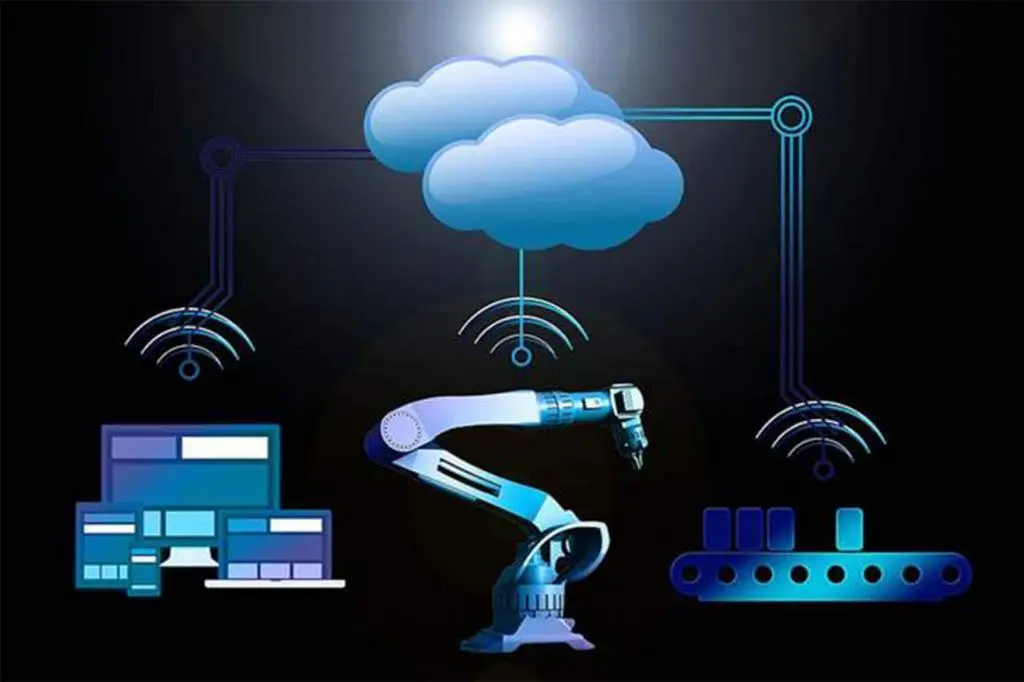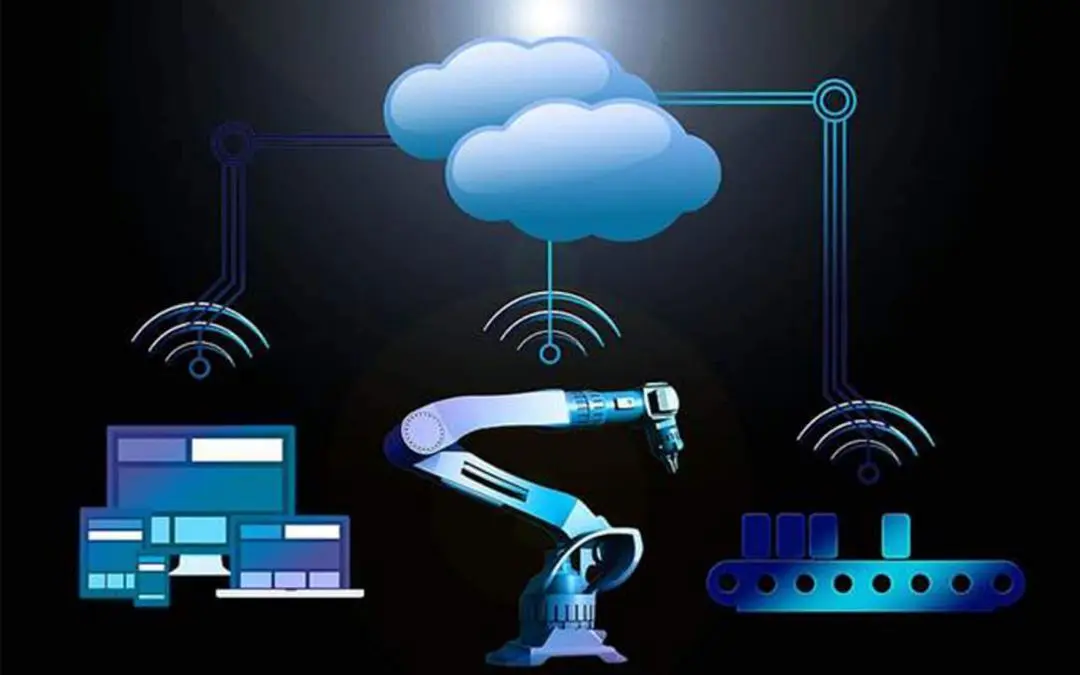
Think about a production plant or a manufacturing unit, it is a visual cacophony of machines, robots, assembly lines, drives and many more parts, and yet completely (almost!) synchronized and working together. Bringing all of them together is the Industrial Internet of Things coupled with the open, Ethernet-based OPC UA communication standard that forms an critical part of the industrial automation landscape.
OPC UA does the job of integrating the IT/OT technologies with the diverse products, solutions and services across the entire OEMs, factory and process systems. Whether it is the security measures, networking, establishing standardized communication or needing a vendor and platform neutrality, OPC UA lays the foundation for a digitized industrial automation .
Source: Opcfoundation.org, OPC UA Interoperability for Industry 4.0 and IoT.
Connecting machine data to the enterprise
It is a fact that automation in the industrial world open doors for new business opportunities, enhanced solutions and services. But, the reality faced is how to effectively transfer the raw data generated from the shop floor equipment to the business applications like ERPs, CRMs; and draw insights to take actionable decisions for a competitive advantage.
Having a fully automated OEM unit or process system means having real-time and accurate information from these systems for analysis, machine alerts, maintenance notifications etc. based on your priorities. OPC UA provides two paths for this integration process:
- Via customized development solutions and services through OPC UA stack APIs
- Providing COTS solutions such as connectors, servers, clients etc. that connect your machines, field devices and other equipment etc. to the enterprise
OPC UA is the open source communication standard protocol designed specifically for industrial automation. It acts as a bridge that connects the IT with the OT, for information exchange between machines, devices or within devices. Implementation of this magnitude needs extensive software and hardware support through the OPC SDK that helps the stakeholders to overcome the various development and integration challenges associated with this process.
Consisting of APIs, OPC UA stack, protocols and sample implementations that support different platforms like Windows, Android, iOS, Linux, and programming languages like C, C# and Java; the SDK makes your devices, products and applications to be OPC enabled.
Meeting the Industry 4.0 requirements
Industry 4.0 mandates interoperability and standardized data connectivity for meeting its specific requirements including but not limited to
- Integration across all levels.
- Secure transfer and authentication at user and application levels.
- Conformity to industry standards.
- Scalability.
- Semantic mapping of various information models to represent the actual products and their production steps.
- Ability to plug-and-produce (instant discovery mechanisms that identifies OPC UA enabled devices and their functions when added to a network)
OPC UA serves as the common data connectivity and collaboration standard for local and remote device access in IoT, M2M, and Industry 4.0 settings. It supports OPC UA Server development, OPC UA Client Development and OPC UA Nano Server development for various communication mechanisms:
1. OPC UA client/server Model:
This one-to-one communication mechanism is used extensively in automation. The OPC server transfers the data to the OPC client based upon request in a secure, encrypted and reliable manner using the communication protocols such as EtherNet/IP, Modbus, etc.
2. OPC UA PubSub Model:
In the network, one-to-many or many-to-one communication mechanism is established. The data is available from the publisher, which can be accessed by multiple subscribers. Along with Time-Sensitive Networking (TSN) and cloud environment, OPC UA PubSub enables real-time communication at the control level (sensor, actuator or embedded devices) and meets the demands of time-critical applications.
3. OPC UA over TSN:
While OPC UA provides a standardized mechanism for data communication in a secure way; TSN is the infrastructure of vast array of sensors, actuators and other automation devices that extends the OPC UA information model down to the field level. TSN provides interoperability to the data link (layer 2) of the communication network. Thus, allowing guaranteed, optimized and scalable bandwidths for real-time capability and low latency in the network.
Utthunga’s OPC Spectrum
Utthunga’s comprehensive integrated automation service portfolio extends from the field-level devices to the enterprise-level systems. Enabling in this endeavour is Utthunga’s uOPC Suite, OPC product portfolio; and consultation and development services that help manufacturers to take advantage of all the modern technologies like AI, mobile devices, big data, machine learning, predictive maintenance, machine vision and more to create a smart industry automation environment.
As a flexible partner for OPC UA, our OPC offerings designed by experienced and certified professionals provide both horizontal (between devices from different vendors on different networks) and vertical support (from the factory floor to the enterprise level) thus enabling the industry 4.0 ecosystem.
Our technical and domain expertise in embedded, mobile, multi-platform and cloud connectivity for OPC UA Server development, OPC UA Client Development and OPC UA Nano Server development using the uOPC Suite helps in planning, executing, and delivering high-grade services and turnkey projects. It is designed to drastically reduce time and efforts to build custom solutions with easy integration and configuration.
Partners, end users, and customers can leverage our IP to deliver mix of solutions and services for:
- Building products using out accelerators (protocol stacks, edge connectivity stack – uCOnnect, cloud application framework- Javelin)
- Connecting heterogeneous system using our industry protocols stacks (HART, FF, PROFIBUS, PROFINET, EtherNet/IP etc.)
- Creating field device integration and connectivity (FDT/DTM, FDI, OPC) solutions
Please visit our website or contact us directly to learn more about our OPC UA capabilities.

